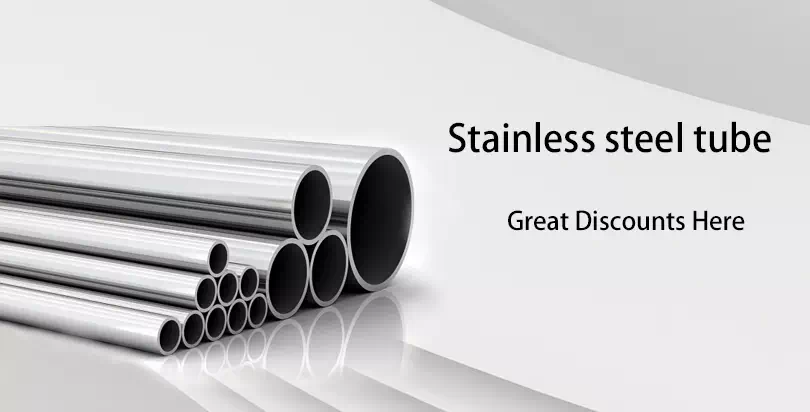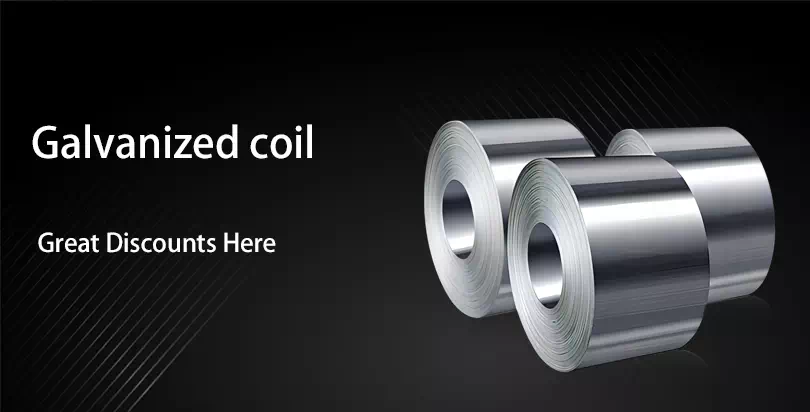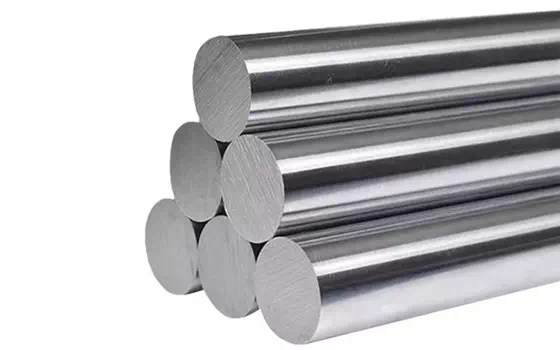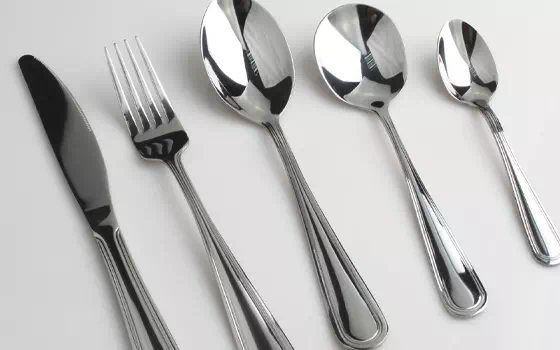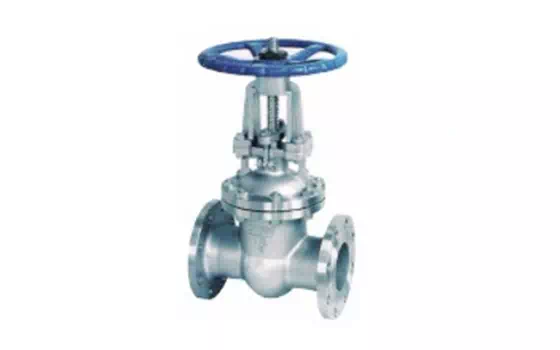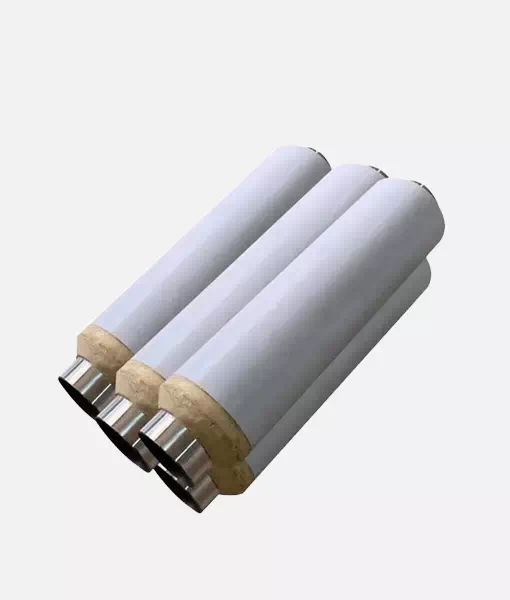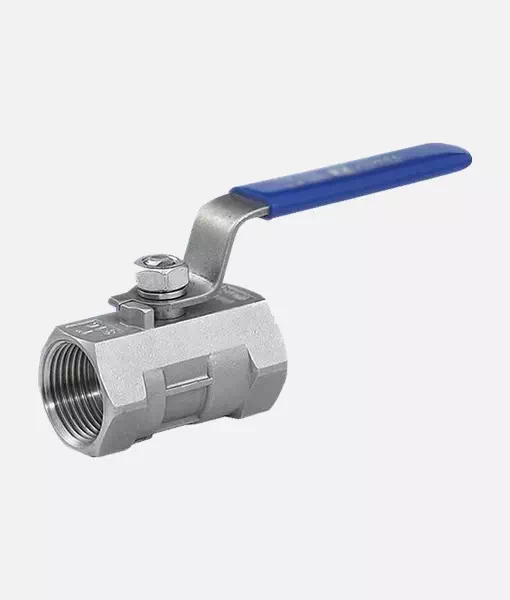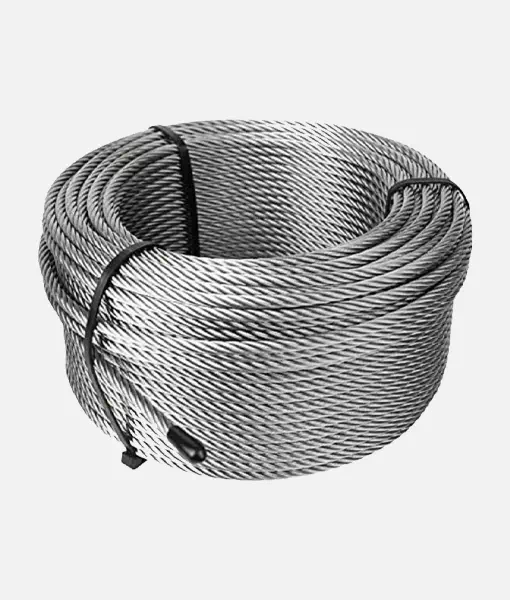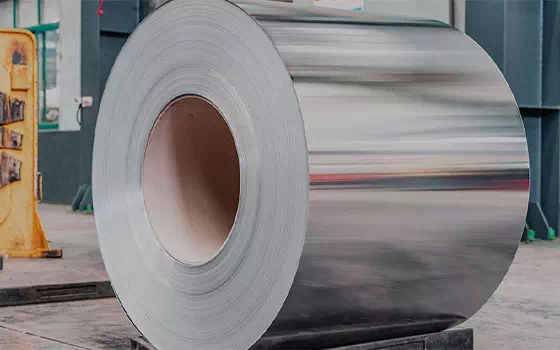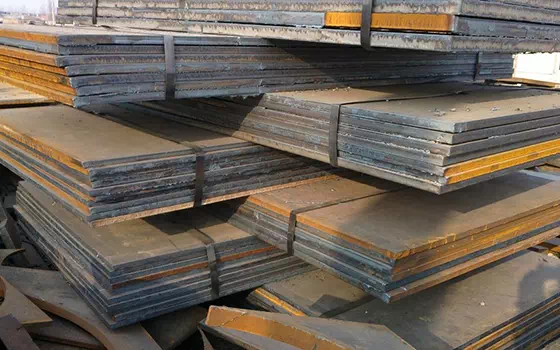When buying fasteners, understanding their material is a very important step. Common material choices include carbon steel and stainless steel, what is the difference between the two? Let's explore this in detail.
Carbon steel and stainless steel are both important categories in steel products and are widely used in various industrial and construction fields. However, they differ significantly in composition, performance and use.
First, what is carbon steel and alloy steel?
Carbon steel: Carbon steel is an iron-carbon alloy with a carbon content of less than 2.11%. In addition to iron and carbon, it also contains limited amounts of silicon, manganese, phosphorus, sulfur and other impurity elements, but does not contain other alloying elements. Carbon steel accounts for about 80% of the total production of steel, because of its low production cost, wide performance, is widely used in construction, Bridges, vehicles, machinery manufacturing and other fields.
Alloy steel: Alloy steel is steel with one or more alloying elements added on the basis of carbon steel, such as chromium, nickel, tungsten, titanium, vanadium, manganese, copper, aluminum, molybdenum and so on. The addition of these elements can significantly improve specific properties of steel, such as increasing hardness, improving corrosion resistance, increasing strength, improving formability and changing weldability. Alloy steel accounts for about 20% of total steel production and is widely used in occasions requiring special properties, such as petrochemical, medical equipment, aerospace and other fields.
Classification of carbon steel and alloy steel
Classification of carbon steel: According to the different carbon content, carbon steel can be divided into low carbon steel, medium carbon steel and high carbon steel three categories. Low carbon steel carbon content ≤0.25%, common grades are A3 steel, Q215A steel, Q235 steel, etc., mostly used to manufacture some common structures and parts; Medium carbon steel carbon content is between 0.25% and 0.45%, common grades are 35# steel, 45# steel, etc., suitable for mechanical parts and tools; High carbon steel, with a carbon content of > 0.45%, is rarely used in the manufacture of fasteners because of its high hardness but poor toughness.
Classification of alloy steel: According to the total content of alloying elements, alloy steel can be divided into low alloy steel (total alloy content ≤5%), medium alloy steel (5% < total alloy content ≤10%) and high alloy steel (total alloy content > 10%). Low alloy steel is often used to make some structural parts that require high strength, while medium alloy steel and high alloy steel are used in more demanding environments, such as high temperature, high pressure, strong corrosion and so on.
Three. Characteristics of carbon steel and alloy steel
Characteristics of carbon steel: The performance of carbon steel mainly depends on its carbon content. The higher the carbon content, the strength and hardness will increase correspondingly, while the plasticity, toughness and weldability will decrease. The advantages of carbon steel include good plasticity and weldability, cheap price, easy to smelt and process; The disadvantage is that its strength is relatively low, poor hardenability, low temperature resistance and corrosion resistance are insufficient, and the magnetic conductivity is low, and it is easy to be magnetized in the magnetic field.
Characteristics of alloy steel: By adding different alloying elements, alloy steel can obtain a variety of excellent properties. Its advantages include good comprehensive performance, suitable for special purposes, high strength, high toughness, good hardenability, wear resistance, corrosion resistance, low temperature protection and high temperature protection and non-magnetic; The disadvantage is that the price is high, and the molding process and heat treatment process are complex.
Fourth, the use of carbon steel and alloy steel
Use of carbon steel: Carbon steel is widely used in the manufacture of various building components, containers, boxes, furnace bodies and agricultural machinery and other small-bearing parts. For example, Q215A steel is often used in the manufacture of washers, Q235 steel is suitable for the manufacture of bolts, nuts, screw sleeves, cotter pins and rivets, etc., mainly used in some ordinary products without hardness requirements; The 35# steel and 45# steel belong to the high-quality carbon steel structure, which is mostly used to manufacture 8.8 bolts and 8 nuts and 8.8 hex fasteners.
Use of alloy steel: Alloy steel is usually used for occasions that require high performance, such as parts of transportation vehicles (automobiles, ships, aircraft, etc.), parts of mechanical equipment (machine tools, rockets, missiles, etc.) and various rolling bearings, tools, measuring tools, springs, molds, etc. In special environments, such as high temperature, high pressure and strong corrosion conditions working equipment (such as steam turbines, boilers, chemical equipment, etc.), also made of alloy steel. The alloy steel used to manufacture fasteners mainly includes some high-strength bolts and nuts, such as 30CrMo and 40Cr of 10.9 grade, 35CrMo and 42CrMo of 12.9 grade, etc. These materials are often used in the manufacture of high load bearing bolts, stud bolts, screw sleeves, pins, connecting rod screws, nuts, etc.
In summary, when selecting fastener material, carbon steel or alloy steel can be selected according to the specific use needs. If the application scenario does not have high requirements for the strength and accuracy of the material, and the cost factor needs to be considered, then carbon steel may be a more suitable choice. If the application environment is more severe, especially in the case of high requirements for strength, durability and corrosion resistance, the choice of alloy steel is undoubtedly more appropriate.


